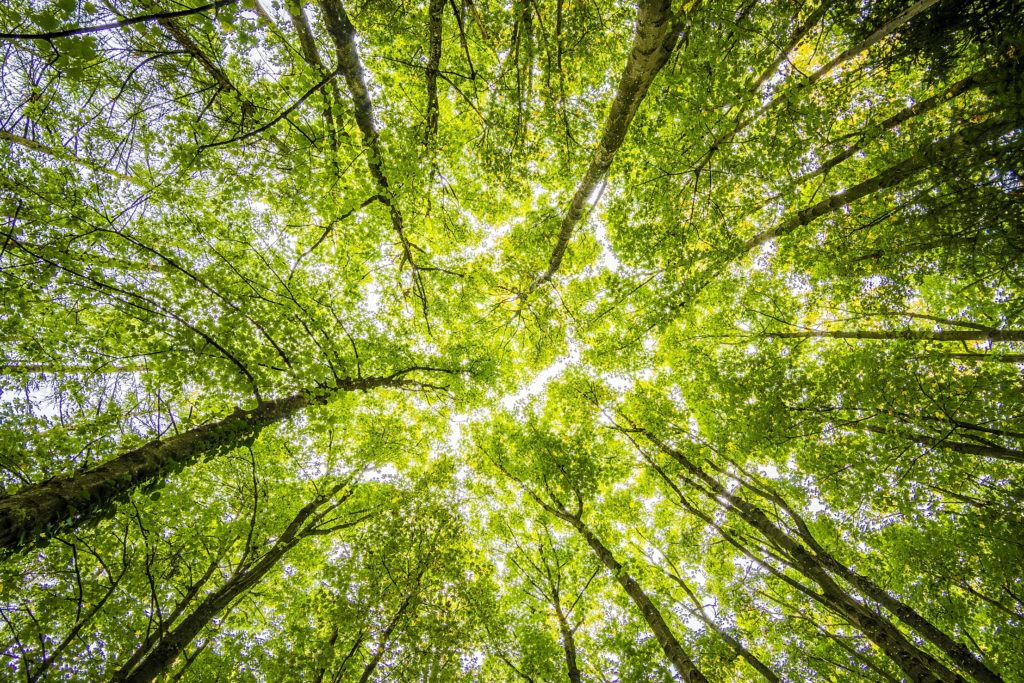by McKenzi Heger | January 21, 2020
Upland forests occur where drainage is sufficient and soils go for long periods without being saturated. According to the climate and soil moisture, we are able to accurately determine the classification of the upland forest lands in and what type of upland forest restoration technique is needed to correct any oversaturation problem. These classifications are:
- Xeric: When soil moisture is extremely dry.
- Mesic: When soil moisture is moderate.
- Wet-mesic: When the soil is wet but not flooded.
In terms of upland forest restoration, there is no “one size fits all” solution or a singular reason it’s needed. In fact, upland forest restoration could be necessary due to:
- Wildfires: A combination of restoration techniques can be used immediately after a fire and may be necessary for up to one year after a fire. Reseeding native grasses and plants, replanting trees and shrubs, and a variety of other techniques can stabilize soil to control erosion and flooding.
- Clearcutting: Clearcutting is when all the trees are chopped down simultaneously and new ones are planted to regenerate the forest with healthier trees. The reason habitat restoration is necessary after clear-cut logging is because all of the trees are the same age. Having different aged trees is important for maintaining a healthy ecosystem.
- The Ecosystem is Unhealthy: When an unhealthy ecosystem made up of an overly dense forest is left untreated, it effects both nature and people. It is in the best interest of the forest, and those around it, for the forest to be restored back to good health.

Just like the many reasons for upland forest restoration to occur, there are also different kinds of restoration. Both active restoration and passive restoration are used in upland forest restoration cases. Active restoration is the act of physically being a participant in helping the restoration process. This could be anything from hand-planting trees and shrubs to removing plants and animals that don’t belong in that particular ecosystem.
Passive restoration, on the other hand, is more of a relaxed approach. This is when no action is taken, and nature is left to figure out restoration on its own. A healthy forest provides habitat for threatened or endangered species, helps establish a cooler climate, provides recreational values and, certainly of growing importance, helps sequester C02.
Here at GreenVest, we take more of a hands-on and active approach to restoration projects. An example of this would be the Pleasant Grove Mitigation Site. At this New Jersey project, we removed a dam and restored the site. By taking this active restoration approach, we were able to re-establish about 65 acres of wetland/forested riparian zones and enhance modified agricultural wetlands. Overall, this project restored 70 acres and fully integrated an additional 60 acres – leading to a total of 130 acres of headwater, forest wetlands and riparian zones.
To learn more about GreenVest and our different projects, contact us.



